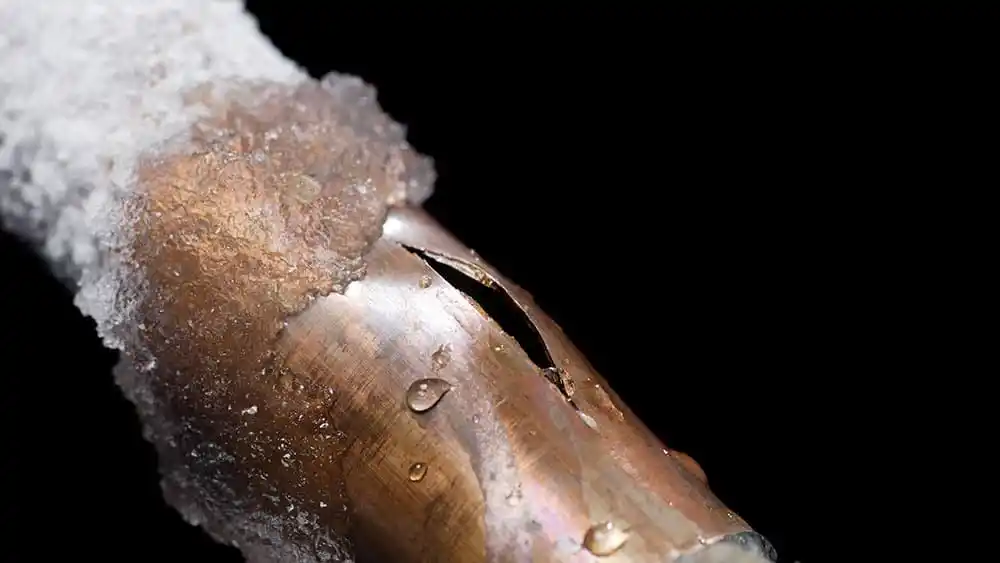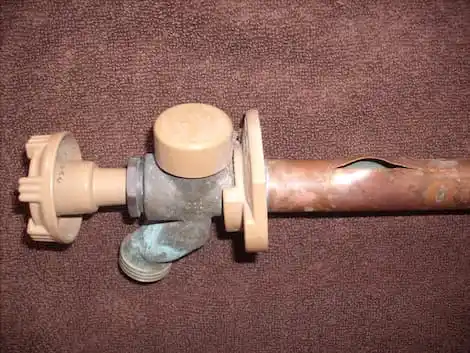
Protecting Your Home's Plumbing During Freezing Conditions: Tips and Tricks
Protecting Your Home's Plumbing During Freezing Conditions: Tips and Tricks
Winter can be a magical season, but it also brings challenges, especially for your home's plumbing. Freezing temperatures can wreak havoc on pipes, leading to costly repairs and water damage. To safeguard your plumbing system, here are some essential tips to follow during freezing conditions.
1. Insulate Exposed Pipes:
Insulation is your first line of defense against freezing pipes. Wrap exposed pipes in insulation sleeves or use heat tape. This extra layer helps retain heat and prevents pipes from freezing.
Example: To insulate your pipes, consider using foam or fiberglass sleeves. These are easy to install and provide effective protection against freezing temperatures.
2. Seal Leaks and Cracks:
Check for any gaps, leaks, or cracks in your home's exterior, especially around windows and doors. Seal these openings to prevent cold air from entering and freezing the pipes inside.
Example: Conduct a thorough inspection of your home's exterior, paying close attention to areas around windows, doors, and foundation. Use caulk or weatherstripping to seal any gaps and keep the cold air out.
3. Disconnect and Drain Outdoor Hoses:
Before temperatures drop, disconnect and drain water from outdoor hoses. Leaving water in hoses can cause them to freeze and potentially damage the connected faucets and pipes.
 The results of a hose left attached during a cold snap.
The results of a hose left attached during a cold snap.
4. Keep Interior Temperatures Consistent:
Maintain a consistent temperature inside your home, even when you're away. Set your thermostat to a temperature that prevents the pipes from freezing. A slight increase in your heating bill is a small price to pay compared to the cost of repairing burst pipes.
Example: During winter, set your thermostat to a minimum of 12 degrees Celsius (55 degrees Fahrenheit) to ensure that your home stays warm enough to prevent pipe freezing.
5. Open Cabinet Doors:
For pipes located under sinks, open cabinet doors to allow warm air to circulate. This helps prevent these pipes from freezing, especially in kitchens and bathrooms.
6. Let Faucets Drip:
In extremely cold weather, allow faucets to drip slightly. The continuous flow of water can help prevent pipes from freezing. Focus on faucets connected to pipes along exterior walls.
7. Install Frost-Free Hose Bibs:
Consider upgrading to frost-free hose bibs for outdoor faucets. These bibs are designed to prevent freezing by shutting off water flow inside the warm interior of your home.
 Cut away of a frost free hose bib.
Cut away of a frost free hose bib.
Conclusion:
Taking proactive steps to protect your home's plumbing during freezing conditions is crucial to avoid potential damage and costly repairs. By insulating pipes, sealing leaks, and following these tips, you can ensure a smooth and worry-free winter season for your plumbing system. Stay warm and keep your pipes protected!